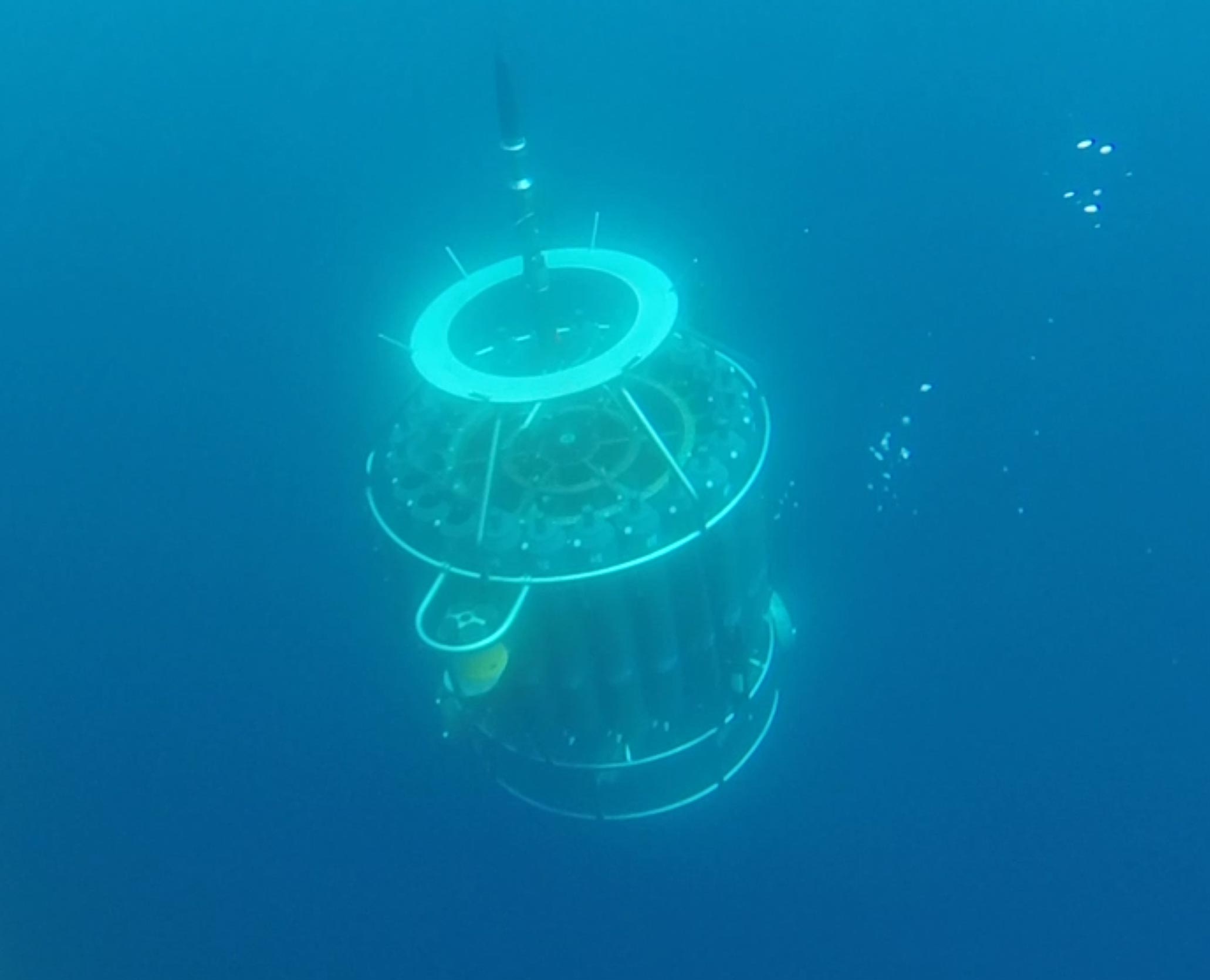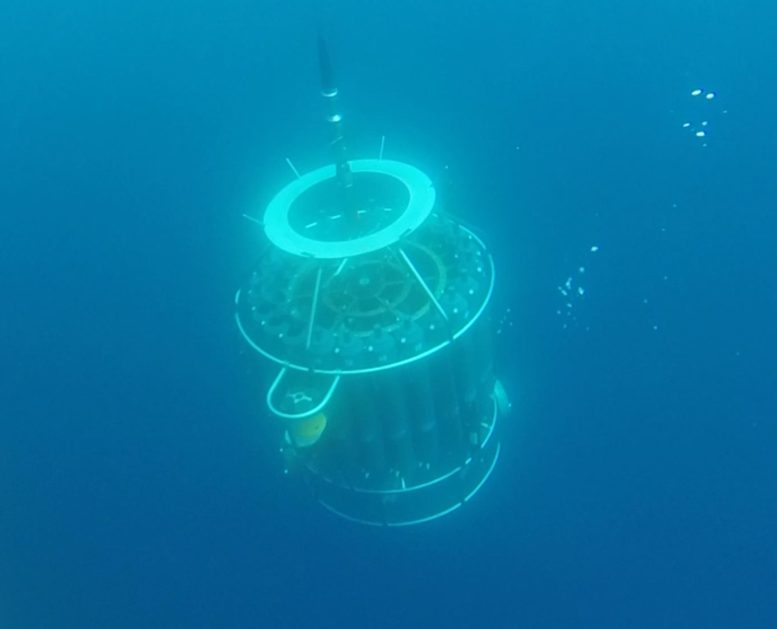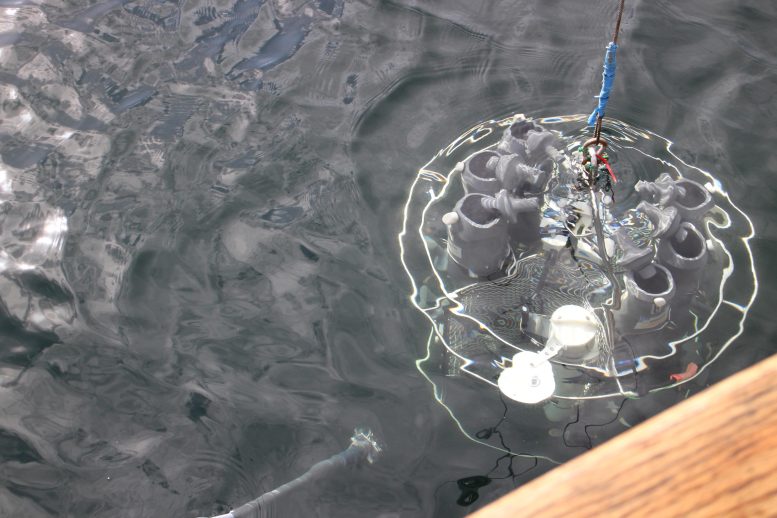

Subsurface phytoplankton biomass is rising in warming oceans, while surface phytoplankton remains unchanged but less green, highlighting the urgent need for better monitoring methods to track these changes.
New research by the University of Exeter reveals that an “invisible forest” of phytoplankton is thriving in part of our warming ocean.
Phytoplankton are tiny drifting organisms responsible for approximately half of the planet’s “primary production” (forming living cells by photosynthesis). In the study, recently published in Nature Climate Change, the researchers examined phytoplankton at the ocean surface and the “subsurface” – a distinct layer of water beneath – to see how climate variability is affecting them. The findings show these two communities are reacting differently.
Varied Responses to Ocean Warming
Over the last decade, the total “biomass” (living material) of subsurface phytoplankton has increased in response to warming. Meanwhile, surface phytoplankton now has less chlorophyll – making it less green – but in fact, total biomass has remained stable.
Based on 33 years of data from the Bermuda Atlantic Time-series Study (BATS) in the Sargasso Sea, the findings also suggest the depth of the “surface mixed-layer” (region of turbulence at the surface of the ocean) has shallowed as the ocean rapidly warmed in the last decade.

“It’s important to understand these trends because phytoplankton are the foundation of the marine food web, and play a key role in removing carbon dioxide from the atmosphere,” said Dr. Johannes Viljoen, from the Department of Earth and Environmental Science at Exeter’s Penryn Campus in Cornwall.
“Our findings reveal that deep-living phytoplankton, which thrive in low-light conditions, respond differently to ocean warming and climate variability compared to surface phytoplankton.
“We typically rely on satellite observations to monitor phytoplankton, but the subsurface is hidden from satellite view.
“Our study highlights the limitations of satellite observations, and underscores the urgent need for improved global monitoring of phytoplankton below what satellites can see.”
Implications for Marine Biodiversity and Climate
“Changes at the base of the food web can have cascading effects on marine life, from tiny zooplankton to large fish and marine mammals,” co-author Dr. Bob Brewin explained. “So the future of phytoplankton will have major implications for biodiversity, as well as climate change.”
Dr. Viljoen added: “Continued monitoring of these deep-living phytoplankton will help scientists better understand ongoing changes in the ocean that might otherwise go unnoticed.”
Reference: “Climate variability shifts the vertical structure of phytoplankton in the Sargasso Sea” by Johannes J. Viljoen, Xuerong Sun and Robert J. W. Brewin, 25 September 2024, Nature Climate Change.
DOI: 10.1038/s41558-024-02136-6
The research of Dr. Viljoen and co-authors Dr. Brewin and Dr. Xuerong Sun, all from the Centre for Geography and Environmental Science, is supported by a UKRI Future Leader Fellowship awarded to Dr. Brewin.